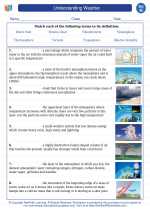Storytelling
Storytelling is the act of conveying a narrative through spoken, written, or visual means. It has been a fundamental part of human communication since ancient times and serves as a powerful tool for conveying ideas, emotions, and cultural values.
Elements of Storytelling
Effective storytelling often incorporates the following elements:
- Plot: The sequence of events that make up the story.
- Characters: The individuals or entities involved in the story.
- Setting: The time and place in which the story takes place.
- Conflict: The central struggle or problem that drives the narrative.
- Resolution: The conclusion of the story that resolves the conflict.
Types of Storytelling
Storytelling can take various forms, including:
- Oral Tradition: Passing down stories through spoken word from generation to generation.
- Literature: Conveying stories through written works such as novels, short stories, and poetry.
- Visual Media: Using images, videos, and other visual elements to tell stories, as seen in films, animations, and graphic novels.
- Interactive Storytelling: Engaging the audience in creating or shaping the narrative, often seen in video games and choose-your-own-adventure stories.
Impact of Storytelling
Storytelling plays a significant role in shaping culture, sharing knowledge, and fostering empathy. It can inspire action, convey moral lessons, and provide a means for individuals to express their creativity and experiences.
Study Guide
To further explore the topic of storytelling, consider the following study guide:
- Research the history of storytelling in different cultures and its significance.
- Compare and contrast the elements of storytelling in a classic novel and its film adaptation.
- Create your own short story and analyze how you incorporated the essential elements of storytelling.
- Examine the impact of storytelling in marketing and advertising campaigns.
- Explore the role of storytelling in digital media and its influence on modern communication.
By delving into these aspects of storytelling, you can gain a deeper understanding of its power and versatility as a form of communication and expression.
.◂Science Worksheets and Study Guides Eighth Grade. Understanding Weather
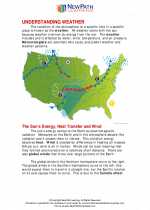
 Activity Lesson
Activity Lesson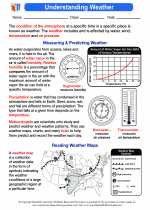
 Worksheet/Answer key
Worksheet/Answer key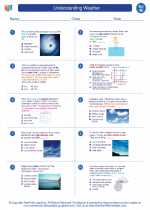
 Worksheet/Answer key
Worksheet/Answer key
 Worksheet/Answer key
Worksheet/Answer key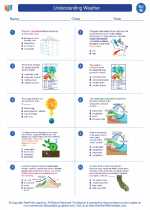
 Worksheet/Answer key
Worksheet/Answer key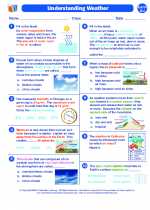
 Vocabulary/Answer key
Vocabulary/Answer key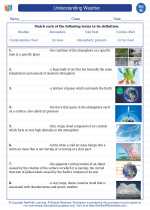
 Vocabulary/Answer key
Vocabulary/Answer key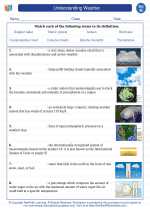
 Vocabulary/Answer key
Vocabulary/Answer key